What Is The Use Of Tripod In Camera?
In the world of photography and videography, the tripod is an indispensable tool that often goes unnoticed by beginners but is highly valued by professionals. This three-legged stand provides stability and support for cameras, allowing photographers and videographers to capture images and footage with precision and clarity. In this article, we will delve into the various uses of a tripod in camera work, exploring its benefits, types, and practical applications. By the end, you will have a comprehensive understanding of why a tripod is a must-have accessory for anyone serious about capturing high-quality visuals.
Stability and Sharpness
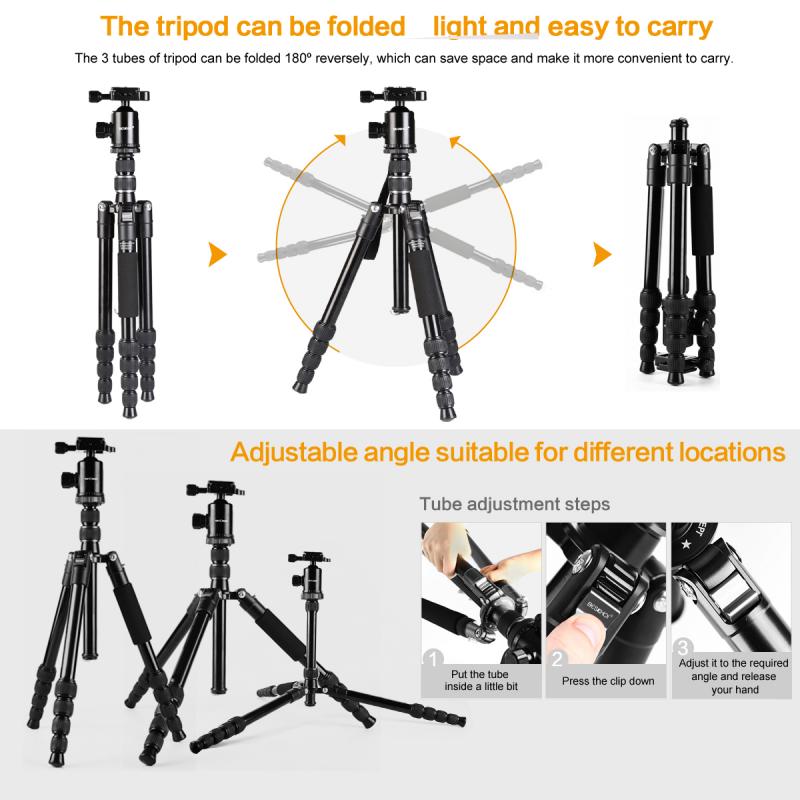
One of the primary uses of a tripod is to provide stability to the camera. Handheld shooting can introduce camera shake, which can result in blurry images, especially in low-light conditions or when using slow shutter speeds. A tripod eliminates this issue by keeping the camera steady, ensuring that each shot is sharp and clear. This is particularly important for landscape photography, astrophotography, and macro photography, where even the slightest movement can ruin a shot.
Long Exposure Shots
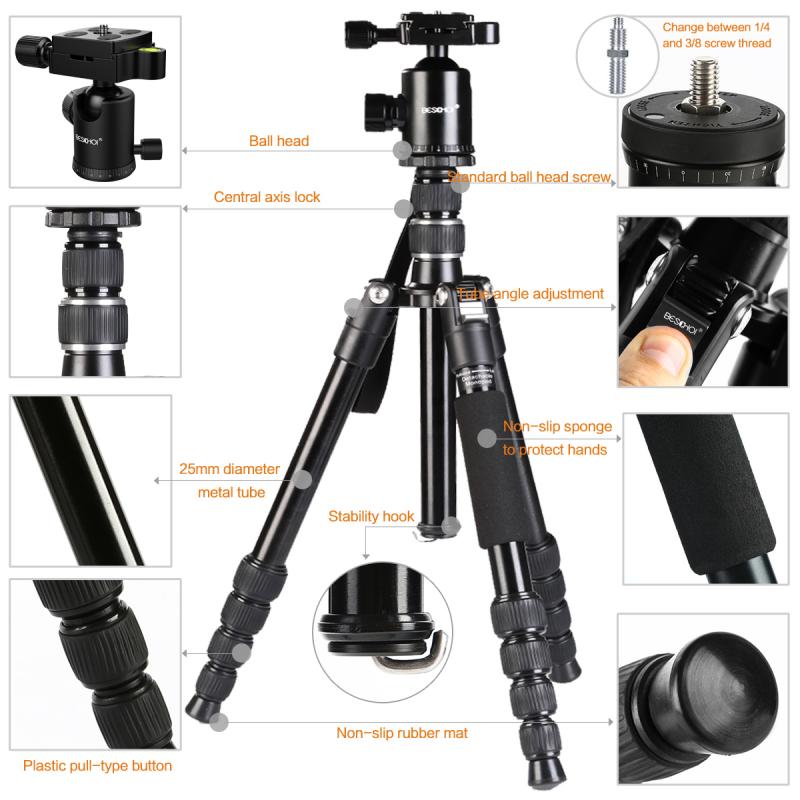
Long exposure photography involves using slow shutter speeds to capture motion over a period of time. This technique is often used to photograph night scenes, light trails, waterfalls, and other dynamic subjects. Holding a camera steady for several seconds or even minutes is virtually impossible without a tripod. By securing the camera on a tripod, photographers can achieve stunning long exposure shots without any blur caused by camera movement.
Consistency in Framing
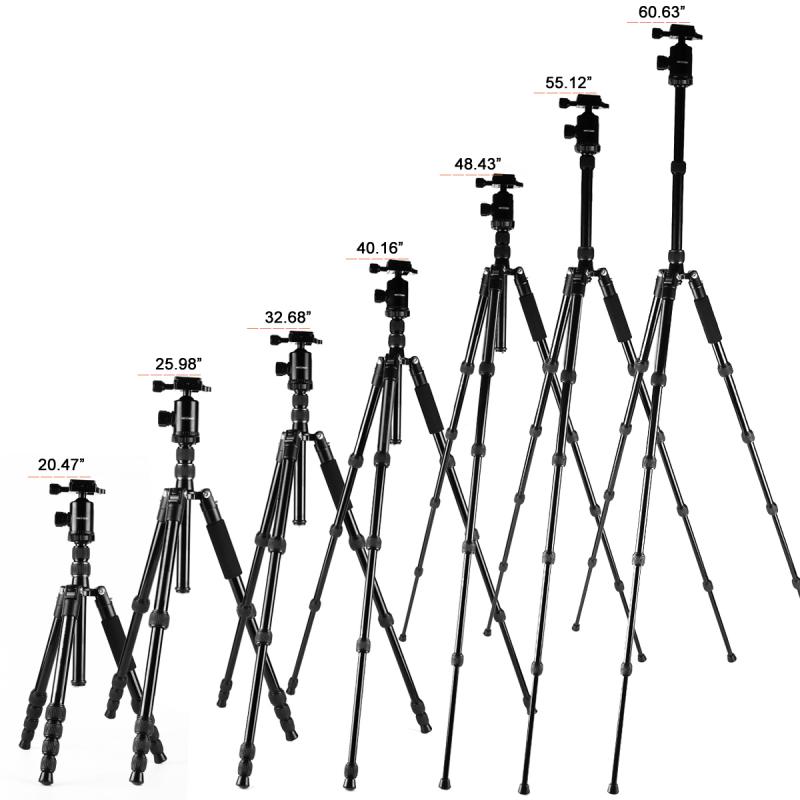
When shooting a series of images or videos, maintaining consistent framing is crucial. A tripod allows photographers and videographers to lock the camera in a fixed position, ensuring that each shot is framed identically. This is particularly useful for time-lapse photography, stop-motion animation, and any project that requires a sequence of images to be perfectly aligned.
Improved Composition
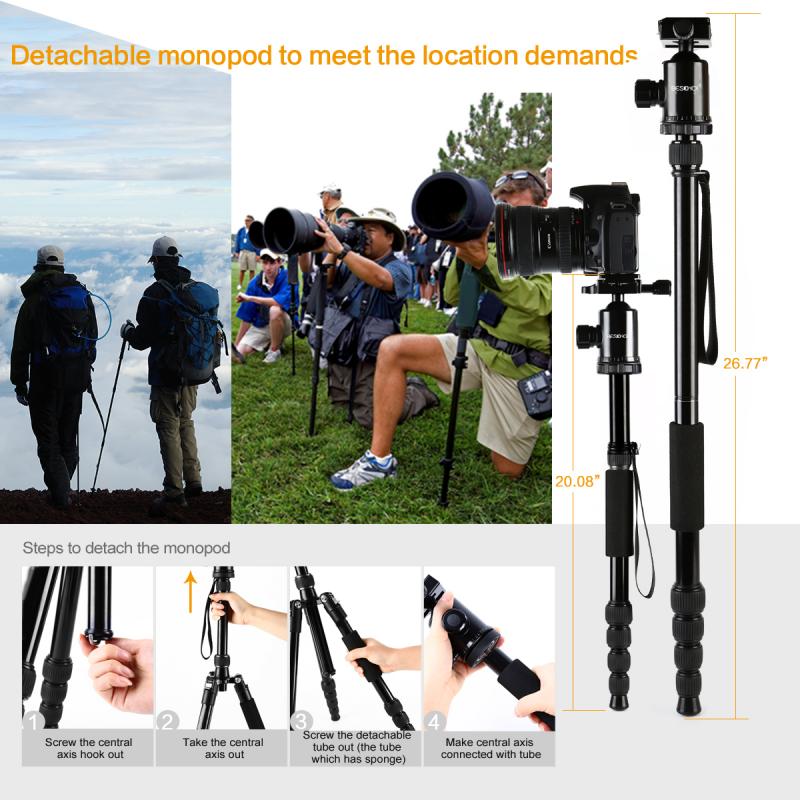
Using a tripod encourages photographers to take their time and carefully compose their shots. When the camera is mounted on a tripod, it becomes easier to make small adjustments to the framing, angle, and focus. This deliberate approach often leads to better-composed images, as photographers can fine-tune their shots without the pressure of holding the camera steady.
Versatility in Shooting Angles
Tripods come with adjustable legs and heads, allowing photographers to experiment with different shooting angles and perspectives. Whether you need to shoot from a low angle close to the ground or from a high vantage point, a tripod can be adjusted to accommodate your needs. Some tripods even have reversible center columns, enabling photographers to shoot directly downward for macro photography or flat-lay compositions.
Enhanced Video Quality
In videography, a tripod is essential for capturing smooth, stable footage. Handheld shooting can result in shaky videos, which can be distracting and unprofessional. A tripod provides a stable platform for the camera, allowing videographers to pan and tilt smoothly. Additionally, many tripods come with fluid heads specifically designed for video work, offering even greater control over camera movements.
Support for Heavy Equipment
Professional cameras and lenses can be quite heavy, making handheld shooting tiring and impractical for extended periods. A sturdy tripod can support the weight of heavy equipment, allowing photographers and videographers to focus on their creative work without worrying about fatigue or camera shake. This is especially important for wildlife photography, sports photography, and other genres that require long hours of shooting.
Bracketing and HDR Photography
High Dynamic Range (HDR) photography involves taking multiple shots of the same scene at different exposure levels and then blending them together to create a single image with a greater dynamic range. To achieve this, the camera must remain perfectly still between shots, which is where a tripod comes in. By keeping the camera steady, a tripod ensures that each bracketed shot is aligned, resulting in a seamless HDR image.
Self-Portraits and Group Photos
For self-portraits and group photos, a tripod is invaluable. By mounting the camera on a tripod and using a remote shutter release or the camera's timer function, photographers can include themselves in the shot without having to rely on someone else to take the picture. This is particularly useful for travel photography, family gatherings, and any situation where the photographer wants to be part of the image.
Macro Photography
Macro photography involves capturing small subjects at close range, revealing intricate details that are often invisible to the naked eye. Achieving sharp focus in macro photography can be challenging due to the shallow depth of field and the need for precise positioning. A tripod provides the stability and control needed to capture detailed macro shots, allowing photographers to make minute adjustments to the camera's position and focus.
In summary, a tripod is an essential tool for photographers and videographers, offering numerous benefits that enhance the quality and consistency of their work. From providing stability and sharpness to enabling long exposure shots and improving composition, a tripod is a versatile accessory that can elevate your photography and videography to new heights. Whether you are a beginner or a seasoned professional, investing in a good tripod is a decision that will pay off in the form of stunning, high-quality visuals. So, the next time you head out with your camera, don't forget to bring along your trusty tripod – it might just be the key to capturing that perfect shot.



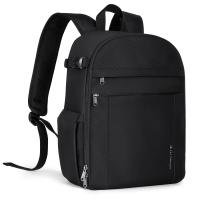
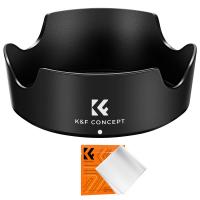

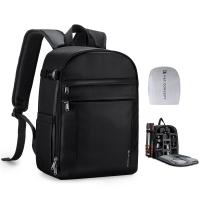
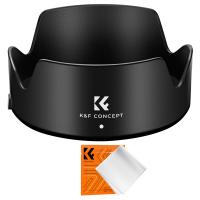


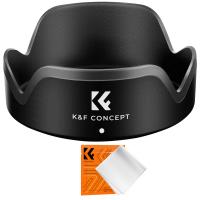
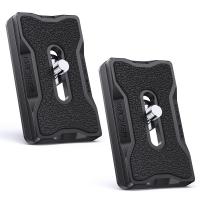

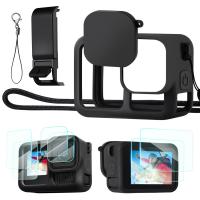

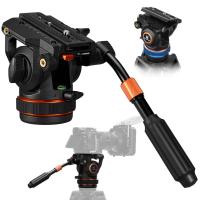
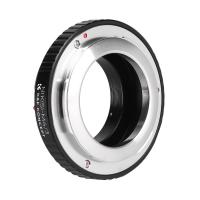




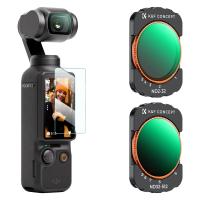


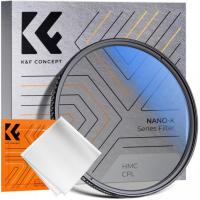

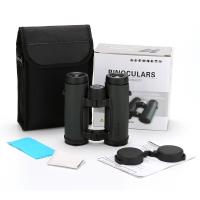



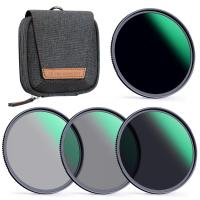

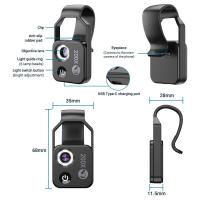

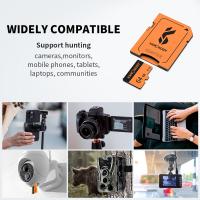
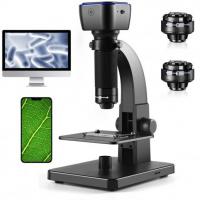
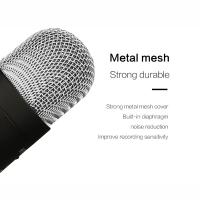


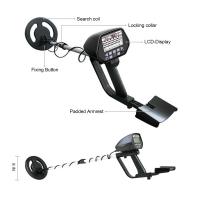

There are no comments for this blog.